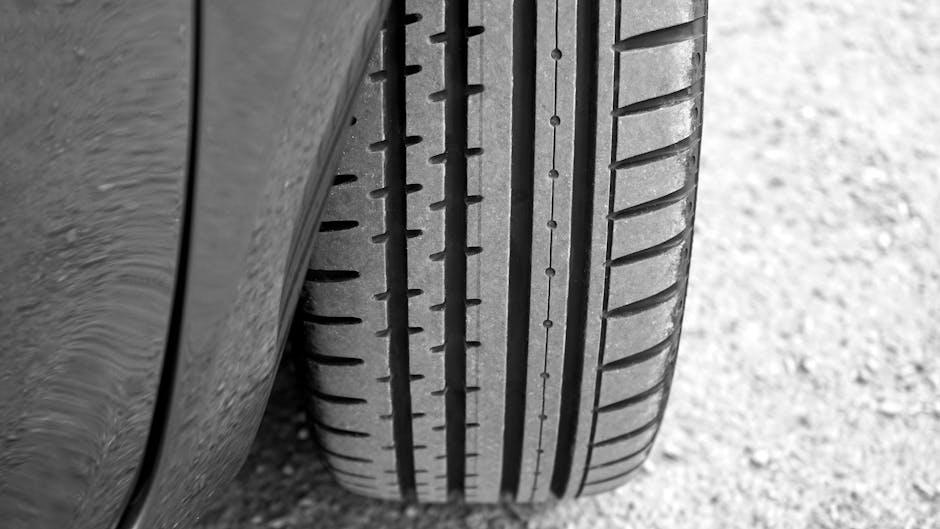Tire alignment may not be the first thing that comes to mind when you think about vehicle maintenance, but its importance cannot be overstated. Proper alignment not only prolongs the life of your tires but also ensures a smoother, safer ride and improved fuel efficiency. Like the finely tuned strings of a musical instrument, your car’s wheels need to be perfectly aligned to perform their best. In this article, we will explore practical tips and essential steps to help you maintain your tire alignment, keeping your journey steady and your tires rolling true.
Table of Contents
- Understanding the Importance of Proper Tire Alignment
- Signs Your Vehicle Needs an Alignment Check
- Essential Tools and Equipment for Accurate Tire Alignment
- Step-by-Step Guide to Performing a Tire Alignment at Home
- Common Alignment Problems and How to Fix Them
- Tips for Maintaining Optimal Alignment Between Checkups
- Q&A
- Insights and Conclusions

Understanding the Importance of Proper Tire Alignment
Proper tire alignment is a critical factor that directly influences your vehicle’s safety, performance, and tire lifespan. When tires are aligned correctly, they make optimal contact with the road, ensuring even tread wear and better fuel efficiency. Misalignment can cause your tires to wear unevenly and prematurely, leading to frequent replacements and compromised handling. Additionally, it places unnecessary strain on suspension components, potentially escalating repair costs over time. Maintaining the correct alignment enhances your driving experience by improving stability, especially during cornering or sudden maneuvers.
Signs that your vehicle may need an alignment check include uneven tire wear, the steering wheel pulling to one side, or vibrations while driving. Regular inspections by a professional—especially after hitting curbs, potholes, or rough terrain—can save you money and headaches in the long run. Below is a quick overview of alignment types and their impact on your vehicle:
| Alignment Type | Description | Key Benefit |
|---|---|---|
| Camber | Angle of the tire tilt inward or outward | Improves cornering and tire longevity |
| Caster | Angle of the steering axis forward or backward | Enhances steering stability |
| Toe | Direction tires point relative to the vehicle’s centerline | Reduces tire wear and improves straight-line tracking |
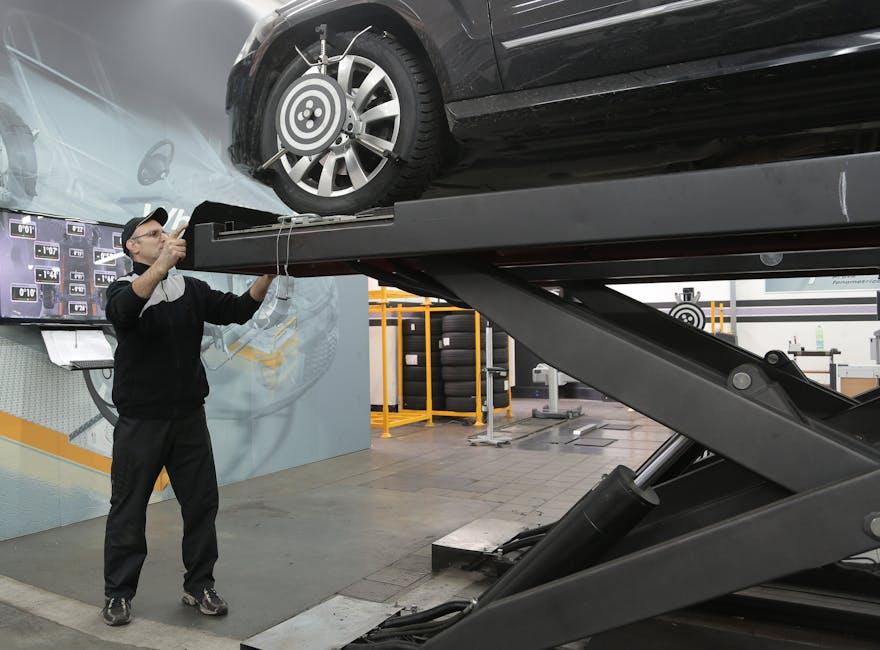
Signs Your Vehicle Needs an Alignment Check
When your vehicle starts pulling to one side while driving on a straight and level road, it’s a clear indicator that something is off with your alignment. Uneven wear on your tires, especially if one edge looks more worn than the other, can also signal a misalignment issue. Additionally, a steering wheel that feels loose or vibrates unusually can be a red flag that your vehicle’s wheels are not properly aligned. Keeping an eye on these signs can help you address alignment problems before they lead to bigger and costlier repairs.
Another subtle hint that an alignment check might be due is if your steering wheel is noticeably crooked when driving straight. You might also notice your vehicle’s handling feels less responsive or that it wanders unpredictably on the road. To give you a quick reference, here’s a simple checklist you can use to determine if an alignment inspection is necessary:
- Vehicle pulls left or right on a flat road
- Uneven tire wear patterns noticed
- Steering wheel is off-center while driving straight
- Vibrations or loose steering feel
- Reduced fuel efficiency without obvious cause
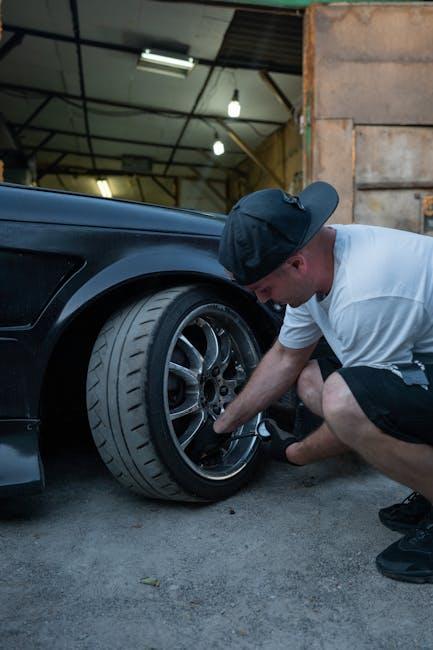
Essential Tools and Equipment for Accurate Tire Alignment
Achieving precise tire alignment requires more than just guessing or eyeballing the angles. Utilizing specialized alignment gauges ensures that camber, toe, and caster settings match manufacturer specifications. These tools often include digital or mechanical systems capable of measuring the subtle deviations in wheel positioning. Another indispensable piece of equipment is the turntable, which allows the wheels to pivot smoothly, enabling accurate adjustments without visual errors. Together with a quality steering wheel lock, these tools form the foundational kit for professionals aiming to deliver exact results.
Additionally, having access to an advanced laser alignment system can significantly elevate alignment accuracy. These systems project precise laser beams onto reflectors attached to each wheel, automating the measurement process and reducing human error. For those preferring more manual methods, a reliable set of wheel chocks, jack stands, and a digital angle finder provides the necessary support and measurement capability to keep your vehicle stable while making detailed adjustments. Below is a simple table summarizing key tools and their primary functions:
| Tool | Function |
|---|---|
| Alignment Gauges | Measure wheel angles precisely |
| Turntable | Allows smooth wheel rotation during adjustments |
| Laser Alignment System | Automates and enhances measurement accuracy |
| Steering Wheel Lock | Keeps steering steady during alignment |

Step-by-Step Guide to Performing a Tire Alignment at Home
Begin by gathering all necessary equipment: a jack, jack stands, a tape measure, a carpenter’s square, and a wrench set. Start with a flat, level surface to ensure accuracy throughout the process. First, carefully lift your vehicle and support it securely on jack stands. Remove the wheels to access the suspension components easily. Next, check the tire pressure and inflate to the manufacturer’s recommended levels, as uneven pressure can impact alignment results.
Once setup is complete, measure the distance between the front and rear of the tires on both sides to evaluate toe alignment. Adjust the tie rods with a wrench to bring the tires into proper alignment, paying close attention to the manufacturer’s specified ranges. Here’s a quick checklist for fine-tuning your tire alignment at home:
- Check camber angles using a carpenter’s square flush against the wheel.
- Measure toe distance at front and back of tires to ensure symmetry.
- Adjust tie rods incrementally, tightening lock nuts securely after each shift.
- Recheck all measurements after adjustments to confirm alignment.
- Test drive briefly to feel for any handling inconsistencies.
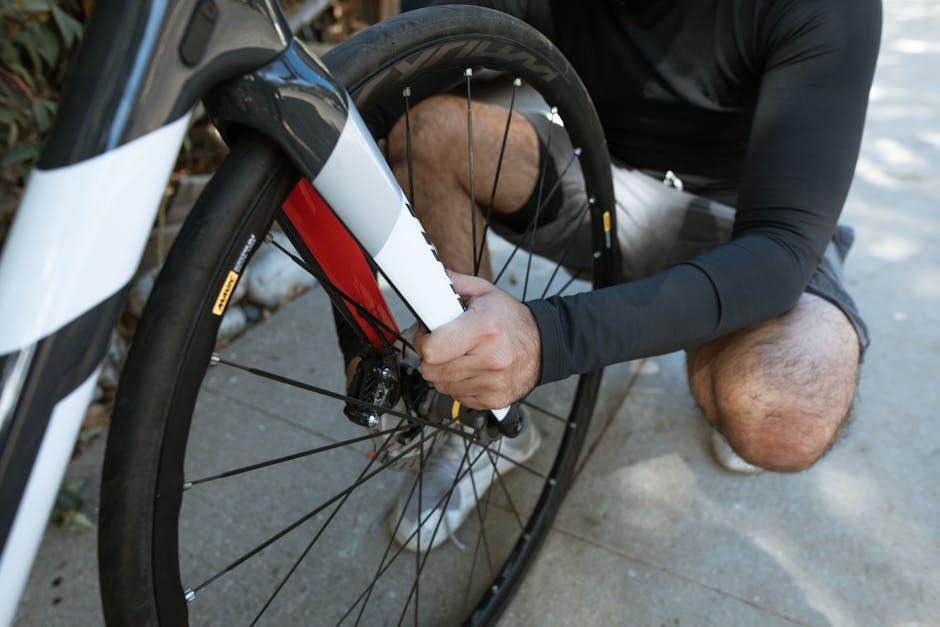
Common Alignment Problems and How to Fix Them
Misalignment can manifest in various frustrating ways, each affecting your vehicle’s performance and tire longevity differently. Common issues include toe misalignment, where tires point inward or outward, causing uneven tire wear; camber problems, where the tire tilts excessively inward or outward at the top; and caster angle deviations, which impact steering stability. Recognizing these symptoms early—such as uneven tread wear, a pulling sensation while driving, or a crooked steering wheel—can save you from costly repairs and improve vehicle safety.
Addressing these issues requires precise measurements and adjustments, best handled with professional alignment equipment. However, it’s helpful to understand the basics:
- Toe adjustment aligns the tires parallel to each other to ensure smooth rolling.
- Camber correction balances tire contact with the road for optimal traction.
- Caster angle setting stabilizes the steering and improves cornering.
For a quick overview, refer to the table below highlighting typical misalignment problems and their effects:
| Alignment Issue | Symptom | Effect |
|---|---|---|
| Toe-Out | Steering wheel drifts | Front tire wear on edges |
| Negative Camber | Tire wears on inner edge | Reduced tire life, poor grip |
| Incorrect Caster | Unstable steering | Steering wander, poor handling |
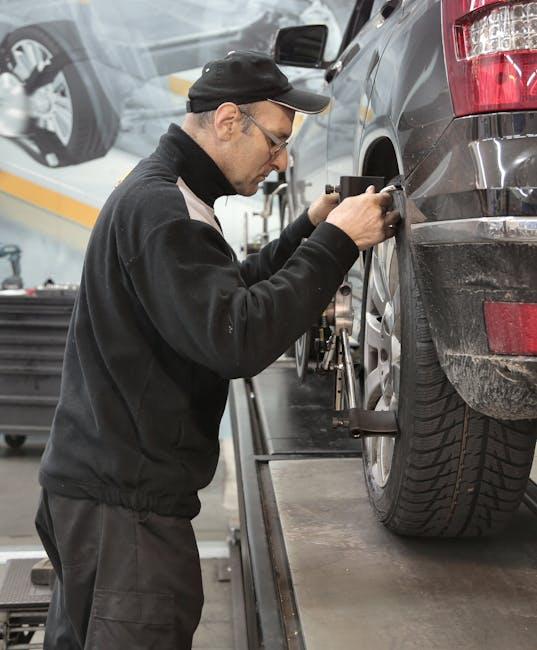
Tips for Maintaining Optimal Alignment Between Checkups
Consistently checking your tire pressure is one of the simplest yet most effective ways to preserve proper alignment. Underinflated or overinflated tires can cause uneven wear and misalignment over time. Make it a habit to inspect your tires at least once a month, and before any long trips. Additionally, avoid potholes and rough terrain whenever possible, as hard impacts can knock your wheels out of alignment. Incorporating gentle, controlled driving habits like smooth acceleration and braking also reduces stress on your suspension and steering components, helping your tires stay correctly aligned for longer.
Regular DIY inspections between professional checkups empower you to catch early warning signs. Keep an eye out for uneven tire wear, a steering wheel that drifts to one side, or vibrations while driving. If you notice any of these issues, schedule an alignment service promptly. Below is a quick reference table showing common symptoms and their impact on alignment, designed to help you interpret what your vehicle is telling you:
| Symptom | Possible Cause | Impact on Alignment |
|---|---|---|
| Uneven Tire Wear | Incorrect camber or toe settings | Accelerates misalignment |
| Steering Pulls Left/Right | Front-end misalignment | Steering instability |
| Steering Wheel Vibration | Imbalanced tires or bent suspension parts | Reduced control and safety |
- Rotate your tires regularly to equalize wear patterns.
- Monitor suspension components for damage or wear.
- Keep your vehicle’s load balanced to avoid uneven pressure on the wheels.
Q&A
Q: Why is maintaining tire alignment important?
A: Proper tire alignment ensures that your tires wear evenly, improves fuel efficiency, and provides better handling and safety on the road. Misalignment can lead to uneven tire wear, poor steering response, and increased strain on your vehicle’s suspension.
Q: How can I tell if my tires are misaligned?
A: Signs include your vehicle pulling to one side, uneven or rapid tire wear, a crooked steering wheel when driving straight, or unusual vibrations. If you notice any of these, it’s time to get your alignment checked.
Q: How often should I get my tires aligned?
A: It’s generally recommended to have your alignment checked every 6,000 miles or during regular tire rotations. However, if you hit a pothole, curb, or notice handling issues, check it sooner.
Q: Can I perform tire alignment maintenance myself?
A: While minor inspections can be done at home, precise alignment requires specialized equipment and expertise. It’s best to trust a professional technician to ensure your tires are aligned perfectly.
Q: What factors contribute to tire misalignment?
A: Common causes include hitting potholes or curbs, worn suspension components, or driving on rough, uneven roads. Normal wear and tear over time also gradually affect alignment.
Q: Does tire alignment affect fuel efficiency?
A: Yes, misaligned tires create more rolling resistance, causing your engine to work harder and consume more fuel. Proper alignment minimizes drag and promotes better gas mileage.
Q: What steps are involved in maintaining tire alignment?
A: It starts with regular inspections, followed by professional alignment adjustments when needed. Keeping suspension components in good condition, avoiding harsh impacts, and rotating tires periodically all contribute to maintaining alignment.
Q: Is there a difference between tire alignment and balancing?
A: Yes, alignment refers to adjusting the angles of your tires for proper positioning, while balancing ensures the weight of your tires and wheels are evenly distributed to avoid vibrations. Both are important but address different issues.
Q: Can new tires help fix alignment issues?
A: New tires can improve grip and feel, but they won’t correct alignment problems. In fact, driving on misaligned wheels can cause new tires to wear out prematurely.
Q: What are the long-term benefits of maintaining tire alignment?
A: Maintaining alignment extends tire life, improves vehicle safety, enhances driving comfort, and saves money by preventing premature repairs and reducing fuel costs. It’s a small step that pays off big on the road.
Insights and Conclusions
Maintaining proper tire alignment is more than just a routine checkpoint—it’s a quiet guardian of your vehicle’s performance, safety, and longevity. By staying attentive to the subtle signs and incorporating regular alignment checks into your maintenance schedule, you’re ensuring smoother rides, better fuel efficiency, and even tire wear. Remember, a well-aligned set of tires doesn’t just keep your car on the road; it keeps you confidently moving forward, mile after mile. So, take the wheel with care, and let alignment be the steady companion on every journey.

